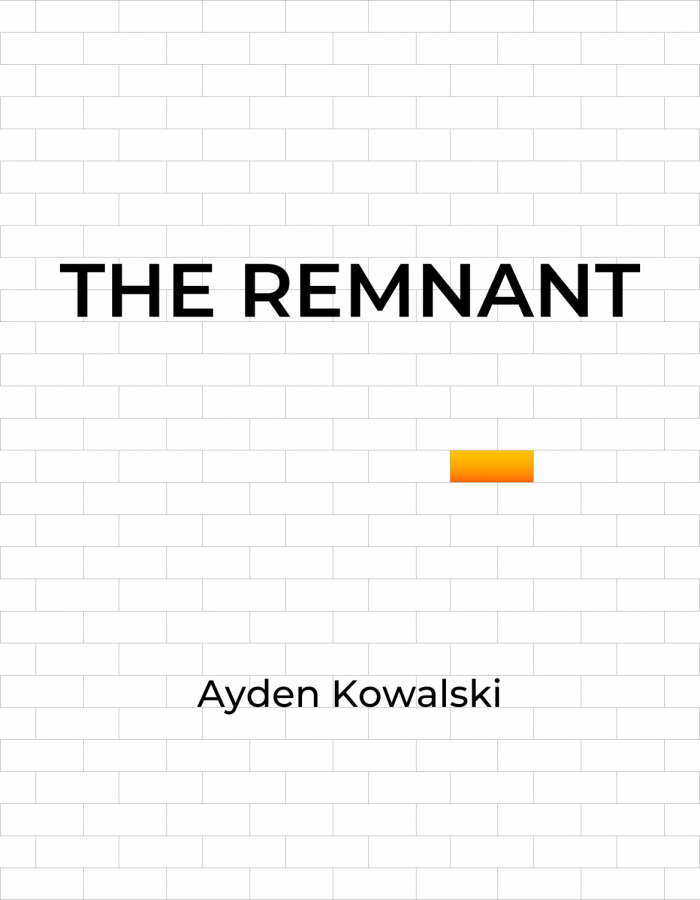Behind the Pages of The Remnant
Photo Credit: Ayden Kowalski
One July evening in the summer after eighth grade, I began writing a short story that soon developed into my first novel, The Remnant. To bear out those initial pages into a book took two and a half years of intermittent work defining and following characters, conceiving and rethinking the plot, tinkering with language, redoing dialogue, terminating typos, reassessing decisions, and both having fun manifesting my ideas and a lot of frustration perfecting them. While it was not an easy journey, the destination was worth every second spent in this 122-page fantasy world. To any and all readers who themselves are considering writing and releasing a book, allow me to tell you a little of my experience, in hopes that it might help you in your quest.
The process of the book’s creation was collaborative between me and the world around me. When I began writing, I had a medieval fantasy setting, a great white wall, and a vision of monsters overrunning humanity, and in order to form a story from them, I assigned them new meaning by taking inspiration from my environment. For example, I decided to use the setting of the book as a lens through which the reader could contemplate the effects of technology, the importance of nature, and even the role of religion in society.
Throughout the writing and editing processes, I found myself continuously looking outwards as I made decisions about the novel. One of the characters in the book was directly inspired by my dog. My brother unknowingly helped me by letting me sit with him on the couch and write while he played Minecraft; the game’s music (and other songs such as piano covers and a particular John Williams work) set the mood for me. A brief conversation with my uncle helped me discover the title of one of the book’s final chapters, which I couldn’t seem to find. This is all to say that no author works alone, and that the crucial missing piece from the construction may be just a moment away.
I finished the first draft of the book the summer after my freshman year, almost a year after typing the first sentences of the opening chapter. I left it alone then for a little more than a year after that, turning most of my attention to other things. When I came back to it the summer after sophomore year, I had to decide how exactly I was going to get it out into the world. Was I going to seek out a traditional publishing deal somehow, or would I publish it myself? I ultimately chose to self-publish my book because I was eager to share this thing I made, with the support of so many. Let me be clear, now: the hardest part of writing and self-publishing a book is writing the book. Publishing required a formatting app and a distribution service. The most difficult part of publishing was having to make the cover without an advanced photo editing app, which takes much less than creating worlds, characters, and compelling stories. If publishing is what is holding you back from putting your pen (or typing cursor) to use on that idea squirming in your head, then please, stop worrying and write. The questions of how to share what you’ve created will solve themselves.
When I think about the community that reads this paper, I know that among you are artists, whose work is perhaps as of now, unseen. Take what you’ve created out of the shadows and share it with your friends, your Form-mates, your school community. I wanted to write about my book because I want to read yours.

